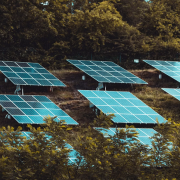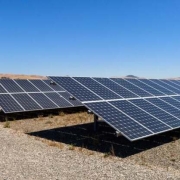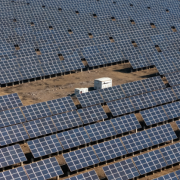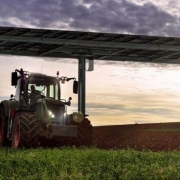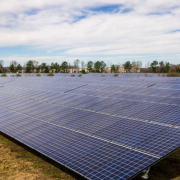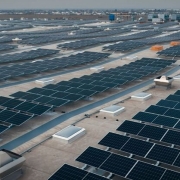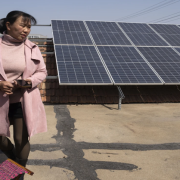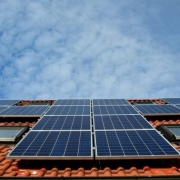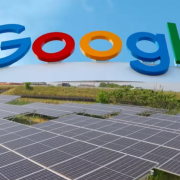The project has been dubbed RIP, standing for Requiem in Power.
A city in Spain is starting to use its cemeteries to generate renewable power.
Valencia, on the east coast, aims to install thousands of solar panels in graveyards around the city.
The project has been dubbed RIP – standing for Requiem in Power – and was launched this month with the first photovoltaic panels installed.
Click here to read the full article
Source: Euro News
—
If you have any questions or thoughts about the topic, feel free to contact us here or leave a comment below.

